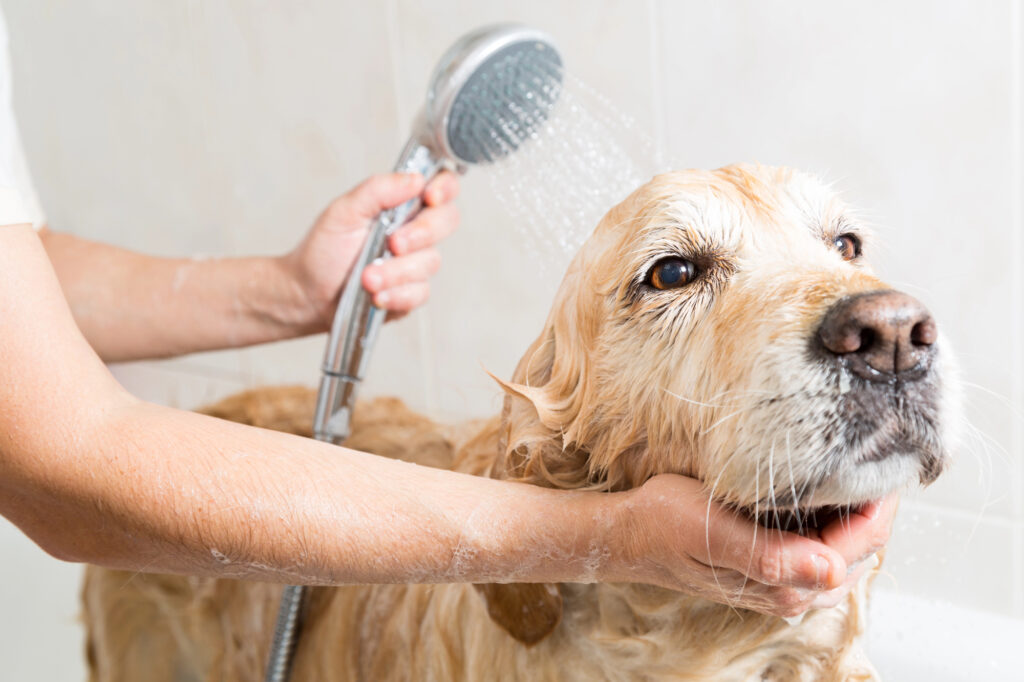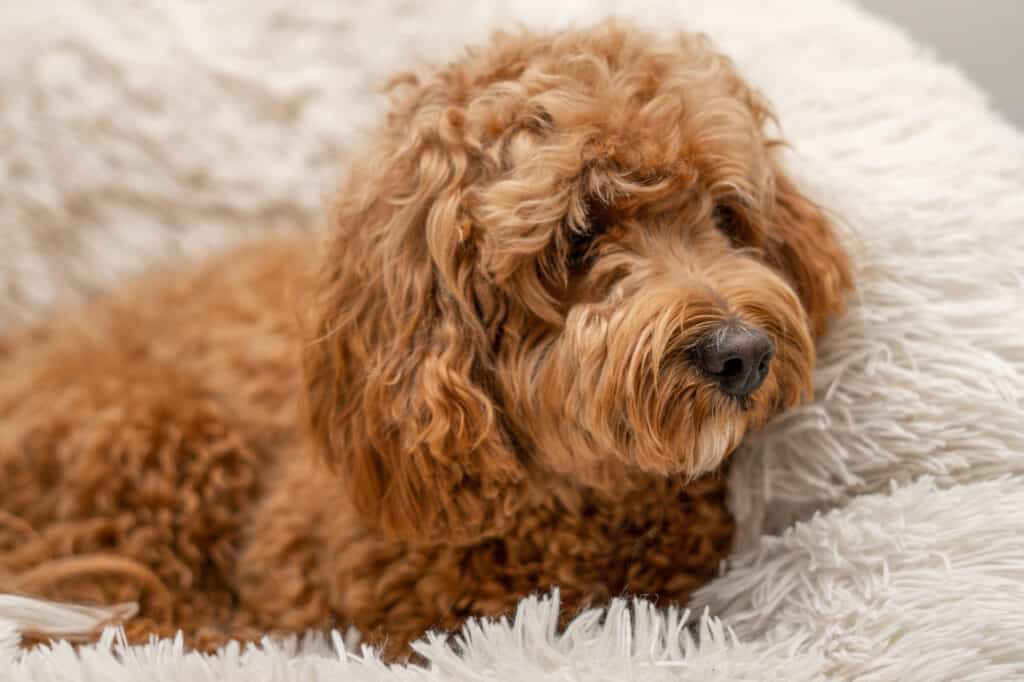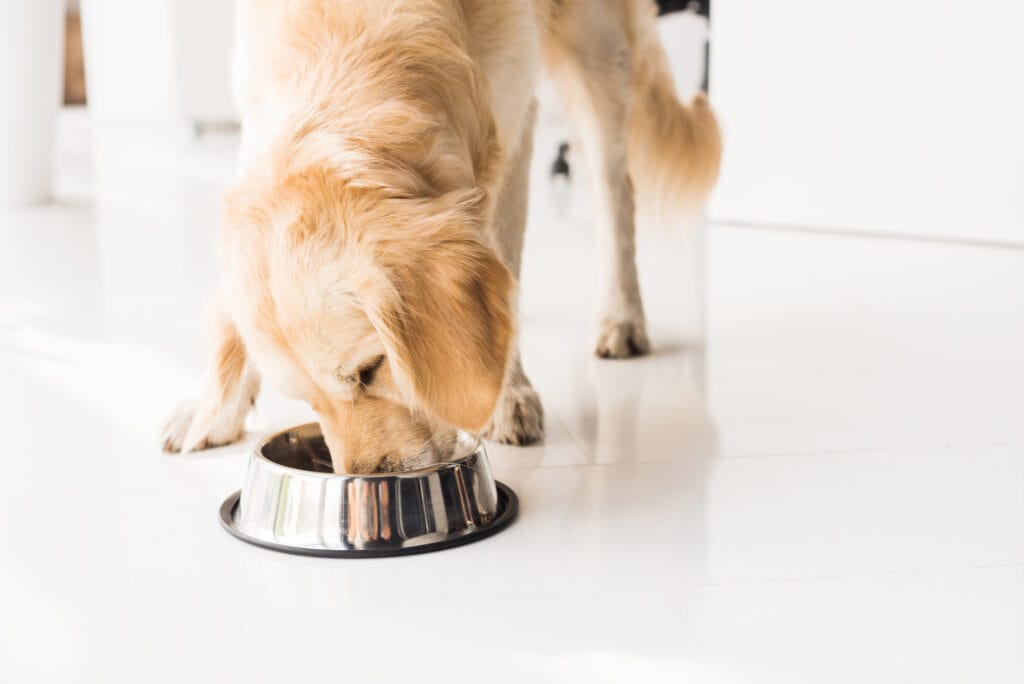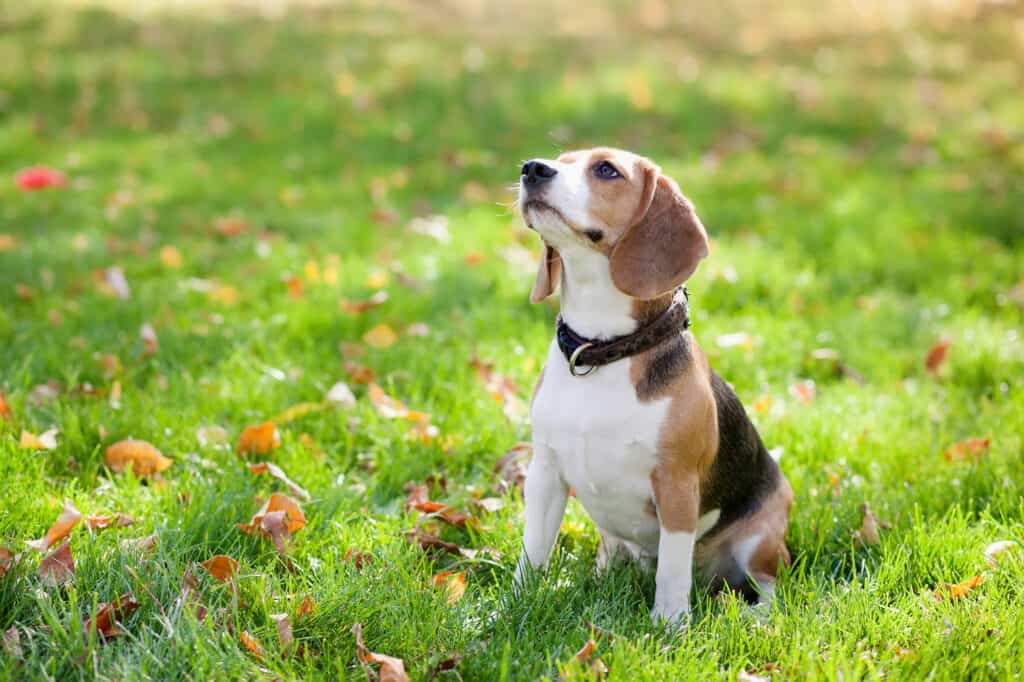Dog grooming is essential for the comprehensive care of your beloved pet. Whether running through fields or lounging indoors, dogs of all sizes and breeds require consistent grooming. This practice extends beyond mere vanity—it is crucial for maintaining their health and comfort. Grooming has deep historical roots, with practices evolving as humans develop closer bonds with their canine companions.
The role of a dog groomer in today’s world extends to ensuring the animal’s well-being and helping to prevent various health issues through consistent care. Whether you tackle grooming tasks yourself or choose to visit a professional groomer, understanding the foundations of grooming will equip you to make informed decisions about your pet’s care.
The Importance of Regular Grooming
Regular grooming is essential for several reasons, especially for your dog’s health. It helps prevent matting, which can cause skin irritation and hide parasites. Regular grooming also allows you to inspect your dog for bumps, cuts, or any unusual signs that may indicate health issues, potentially prompting a visit to the vet for further evaluation.
Regular grooming offers health benefits and helps your home stay cleaner by reducing shedding, particularly in spring and fall, when most dogs shed excessively. It also ensures you’re not constantly vacuuming fur off your furniture and floor, providing everyone with a more comfortable living environment.
Essential Dog Grooming Supplies
A few essential supplies are necessary to maintain your dog’s coat in prime condition. A brush suited to your dog’s coat type is a primary tool; for instance, slicker brushes work well for dogs with dense coats, while bristle brushes are perfect for short-haired dogs. Quality dog shampoo, specifically formulated to maintain your dog’s skin pH and protect it from irritants, is another must-have.
Additionally, nail clippers designed for dogs can prevent the discomfort and movement restrictions associated with overgrown nails. For those hesitant to use clippers, a specially designed nail grinding tool may offer a safer alternative. Items such as ear cleaners and teeth cleaning tools are also beneficial as they contribute to your dog’s overall hygiene and health.
Step-by-Step Home Grooming Routine
Establishing a home grooming routine is an enriching practice that can save time and expense while strengthening your bond with your dog. Start with brushing to remove loose hair and detangle knots, preparing the coat for washing. Bathing should occur every six to eight weeks; too frequent baths can strip oils, leading to dry skin.
Use a dedicated dog shampoo and ensure thorough rinsing to avoid irritation from residual soap. Follow the bath with a gentle towel dry, limiting the use of heat to avoid burning sensitive skin. Trim the nails carefully using sharp clippers or a grinder, being cautious not to cut into them quickly, which can be painful. Incorporating ear and teeth cleaning into your regimen helps avert infections and diseases.
How to Choose the Right Professional Groomer
Professional expertise is sometimes necessary, especially for intricate cuts or dealing with anxious dogs. To find the right groomer, start with recommendations from friends or your veterinarian. Their firsthand experiences can provide valuable insights. Once you’ve shortlisted potential groomers, evaluate their qualifications and consider visiting their facilities.
Observe the equipment’s cleanliness and condition and the groomer’s interaction with the animals inside a grooming salon. A good groomer should offer an environment where dogs feel at ease. Discuss your dog’s needs and temperament, ensuring the groomer can accommodate them. Remember to inquire about the groomer’s emergency policies to make an informed decision.
Grooming Tips for Different Dog Breeds
Each dog breed presents unique grooming needs shaped by its coat type. Breeds like Shih Tzus or Poodles require frequent trimming and grooming to maintain their signature styles and prevent mats. Conversely, breeds like Beagles, with sleek, short coats, need less frequent grooming but can benefit from regular brushing to distribute oils evenly across their skin.
Understanding these differences ensures that your grooming approaches are targeted, effective, and respectful of your dog’s requirements. Investing time to learn about breed-specific needs tailors your care strategy, contributing positively to your dog’s health and happiness.
Addressing Common Grooming Challenges
Grooming can be daunting, particularly for dogs who exhibit anxiety or resistance. Establishing a calm and consistent routine can help alleviate stress. Start with brief training sessions and progressively extend them as your dog adapts. Positive reinforcement through treats or verbal praise can foster a more comforting atmosphere.
Address challenges like matting with patience and using detangling sprays and appropriate brushes. Should issues persist, professional intervention may be required. Consistency and understanding go a long way in overcoming grooming challenges, making the process enjoyable for you and your pet.
Resources for Pet Groomers and Owners
Continuous education is essential for achieving proficiency in the craft of grooming. Leveraging resources such as the Professional Pet Groomers’ Resource Guide provides access to myriad tips, techniques, and tools. Engaging with such extensive guides can improve your grooming skills and ensure you provide the best care possible for your furry friend.
Online forums and communities support your journey, offering opportunities to interact with experienced groomers and pet owners. Sharing experiences and gaining new perspectives will enrich your grooming capabilities and empower you to address any grooming challenge confidently.




